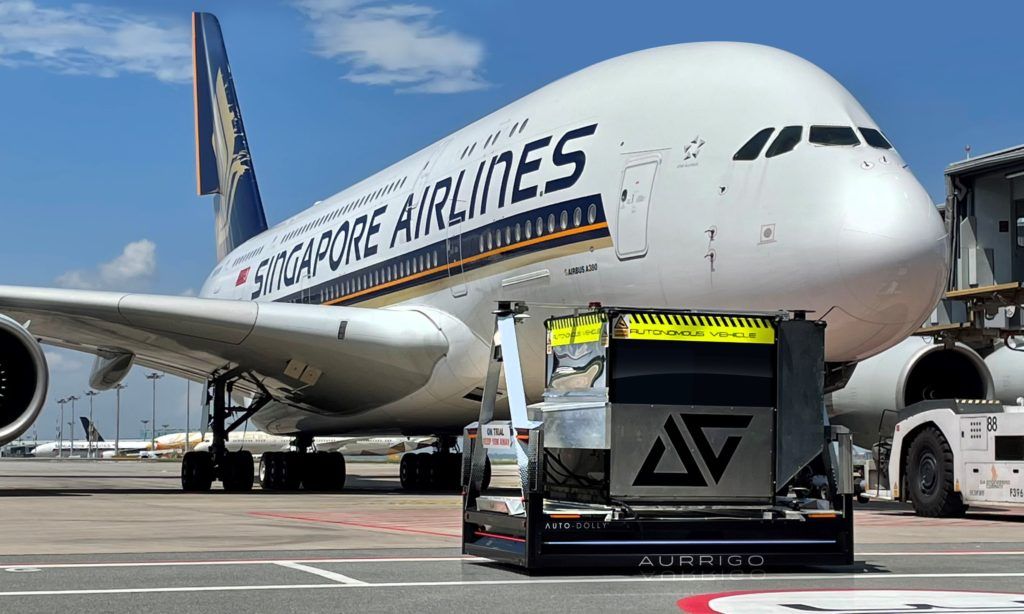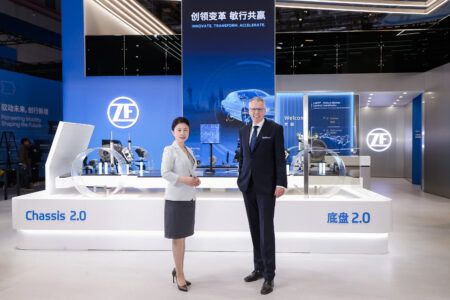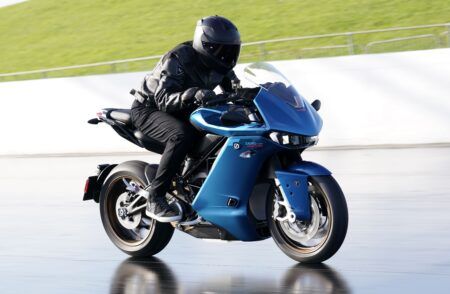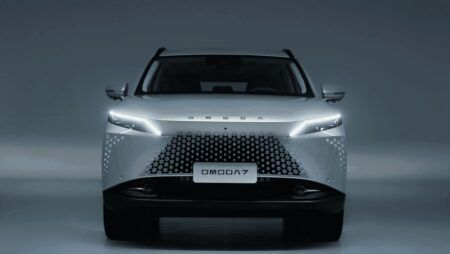People have now returned to the idea of flying again, and 2023 looks to be the busiest for airports worldwide post pandemic. However, airport ground handling services face multiple challenges, such as staff shortages and aircraft turnaround times, as well as the ever-present task of reducing environmental impact. Because of this, all eyes are on the recently announced electric autonomous vehicle development partnership between UK-based Aurrigo International PLC and Singapore’s Changi Airport Group [CAG], which promises to revolutionise aviation ground handling.
Aurrigo and CAG recently announced that they’re continuing the joint development and testing of the company’s advanced autonomous, electric baggage vehicles, along with its airport simulation software platform Auto-Sim. Airport ground handling services face multiple challenges as the aviation sector recovers. These include staff shortages, as many workers worldwide left the industry over the last few years; the need to turn planes around quickly and safely on the ground; as well as the climate change and air quality challenges still facing the sector. Most airport vehicles are non-road certified diesel vehicles, which can be problematic when it comes to emissions – for example, over a quarter of London Heathrow Airport’s emissions currently come from grounded vehicles.
Aurrigo electric autonomous luggage trucks – the Auto-Dolly and Auto-DollyTug – have an 18-hour run time and 2.5-hour charge time, and CAG is the first airport in the world to test their ability to perform autonomous loading and unloading of luggage containers at the aircraft stand. Testing in live airport environments began in 2018 at London Heathrow with a converted conventional manually towed baggage dolly, that Aurrigo retrofitted with an electric drivetrain and autonomous vehicle sensor suite. Using its 30-year history of automotive experience the company built on the customer feedback from that prototype, to create the first bespoke Auto-Dolly vehicle, designed from the start to be optimised for an electric drivetrain and autonomous operation. Aurrigo’s Auto-Dolly has been in live, real-world testing at Changi since February 2022. That phase one trials, where the Auto-Dolly travelled through the baggage handling area and along the airside roadways, demonstrated that these electric, autonomous, baggage vehicles eliminate emissions at the point of use, improve the efficiency of baggage handling and allow the deployment of scarce staff resources elsewhere in the airport.
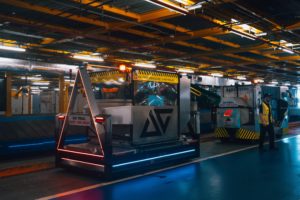
Staying grounded
Now the team has embarked on phase two of the trial, to test the safe operations of the Auto-Dolly at the aircraft stand. Due to its small footprint and tight turning radius, the Auto-Dolly can manoeuvre itself precisely next to an aircraft and Ground Service Equipment (GSE) items. In addition, with its capability to transfer a Unit Load Device (ULD industry standard luggage container) directly to and from the Skyloader equipment which loads the plane. This means that current processes involving additional equipment can be changed and operational steps can be eliminated, resulting in further savings to manpower and equipment. Changi Airport is the first airport in the world to test this equipment’s ability to perform autonomous loading and unloading of ULDs at the aircraft stand.
“We have been testing the electric and autonomous Auto-Dolly in real airport environments since 2018,” said David Keene, CEO of Aurrigo, “And we have used that testing and customer feedback to continuously develop a vehicle that can operate safely and efficiently in the safety critical environment of an airport apron.
“We have worked closely with the team at Changi Airport for several years and this partnership cements our collaboration to bring the best automated solutions to airlines and airports, enabling them to improve operational efficiency, cost and safety and sustainability.”
The development and testing of Aurrigo’s autonomous vehicles are partially funded by the Civil Aviation Authority of Singapore (CAAS) through its Aviation Development Fund (ADF). The ADF supports initiatives to improve productivity in the Singapore aviation sector using innovative solutions. With some airports struggling to recruit ground staff due to general labour shortages, combined with having time-consuming security clearance processes, working with autonomous vehicles is one way of allowing scarce labour to be used elsewhere.
“Similar to major airports throughout the world, recruiting enough ground handling personnel and drivers to support our growth is a challenge,” said Ms Poh Li San, SVP of Terminal 5 Planning, CAG. “We have been encouraged by Aurrigo’s innovative autonomous technologies to help address these issues, and we’re excited to partner Aurrigo in joint development and testing of these solutions in the real world.”

Autonomous airports
In addition to the vehicles, Aurrigo has already helped airports save millions of pounds by developing unique software simulation package, Auto-Sim, which allows airport operators to redesign operations for maximum efficiency. The software can model the use of both traditional and autonomous vehicles to improve efficiency and reduce costs by having a holistic view of its technology working on site at any given moment. In one airport in the US, it has shown how unnecessary equipment purchases could be avoided, by demonstrating how operations could be successfully carried out on a terminal extension without additional vehicles on the fleet.
Aurrigo has a pedigree in vehicle and component manufacturing stretching back 30 years, with a history of creating components for the finest automotive brands in the industry, including Aston Martin, Jaguar Land Rover, McLaren, and Rolls Royce. The Coventry-based Tier 1 supplier worked on its first fuel cell electric and battery electric vehicles 25 years ago, over a decade before any mainstream electric vehicle was launched.
“Our roots are in high-end automotive solutions, electronics and software where we are a trusted supplier to discerning and prestigious brands,” said Keene. “The effectiveness of the Auto-Dolly and Auto-DollyTug are a result of our company history and the unique combination of expertise we have across our three divisions. Our work with autonomous technology over the last eight years brought all these skills together to create state-of-the-art aviation ground handling autonomous EVs, that our customers want, and importantly tell us they need to solve global aviation industry challenges.”


